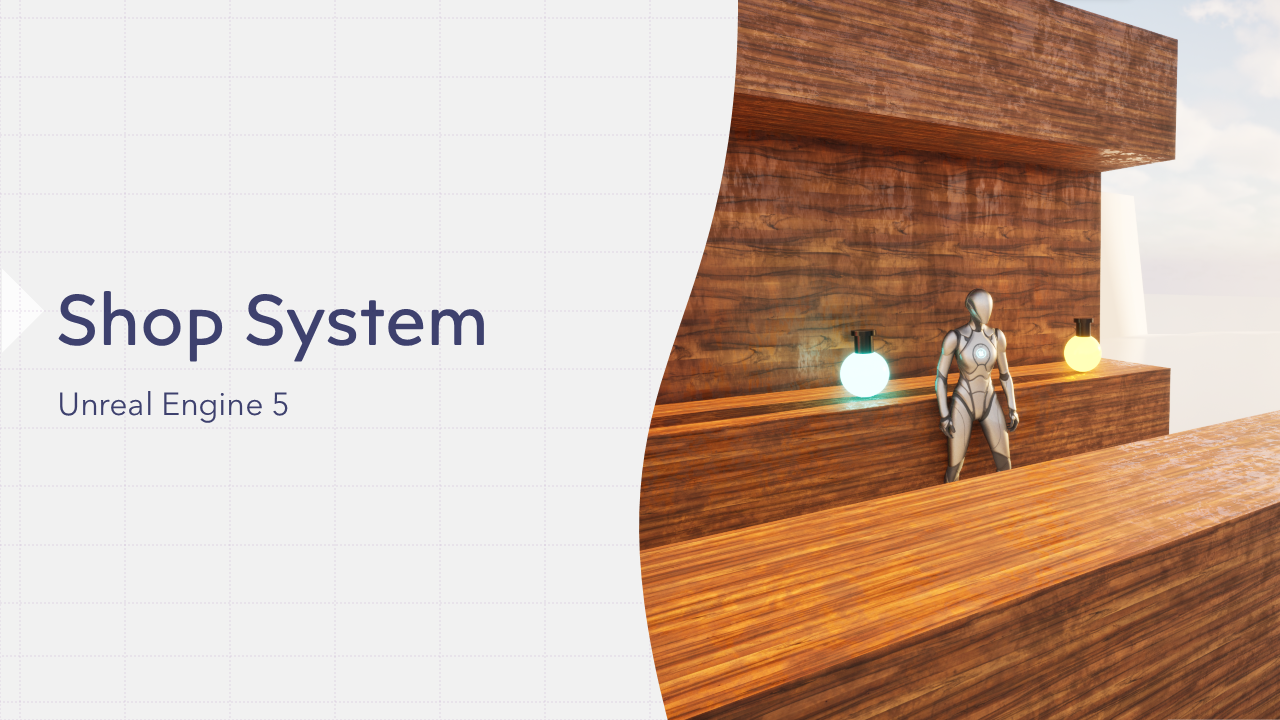
Extended Shop & Currency System in UE5
I built a shop system that connects collectible coins to player purchases. Coins add directly to a player’s currency, and shopkeepers use that balance to sell items.
Coin Collection
Each coin is its own actor. On overlap it plays a sound, adds to the player’s Currency variable, and hides itself.
Shop Interaction
A shopkeeper has a collision box and “Press E” prompt. When the player confirms a purchase, the Blueprint checks the player’s Currency against the item’s cost. If the balance is high enough, it subtracts the cost and spawns the item at a set point on the shopkeeper.
Item Pickups
Spawned items can be any actor (health, ammo, weapons). They can use the same overlap logic as coins, either adding back to Currency or going into the player’s inventory when collected.
Design Notes
Modular: coins, shopkeepers, and items all manage their own logic.
Flexible: costs, item types, and spawn animations can be swapped per instance.
Efficient: overlap checks and single spawns keep performance high.
This setup creates a straightforward coin-to-shop economy where every purchase results in a real item the player can pick up and use.